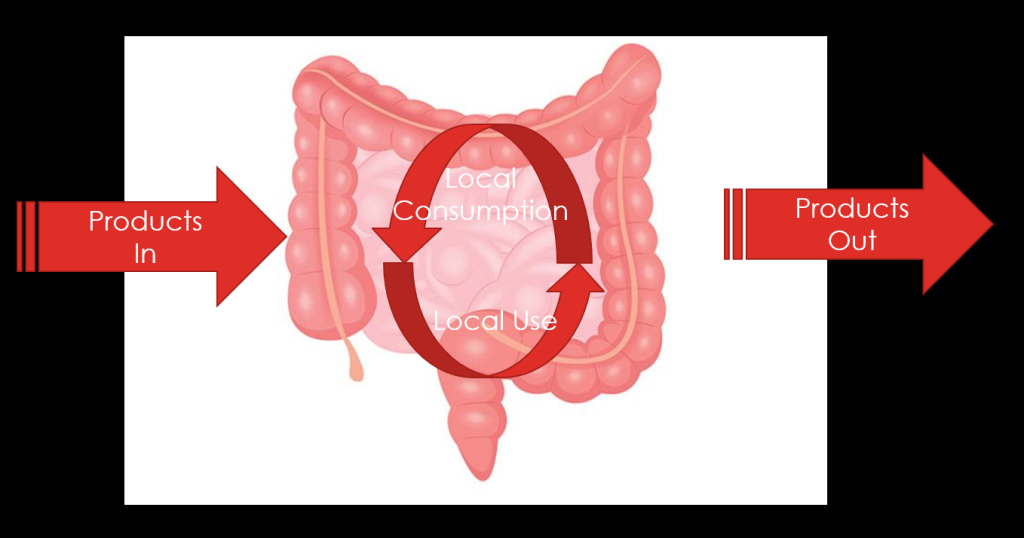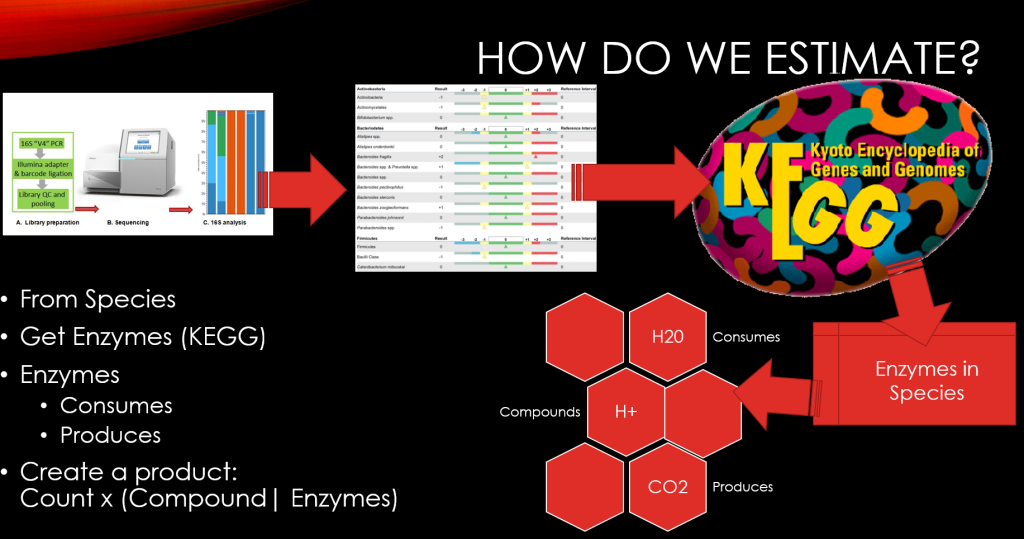The reader provide the following history (shortened)
Person’s Narrative
Sample BiomeSight:2021-02-24 In addition to my usual CFS symptoms I had a lot of trouble with gastritis. I was taking Slippery Elm, Marshmallow root, DGL, melatonin, magnesium, probiotic Bio.me Femme UT. I mostly avoided other supplements due to gastric issues. When the results came back I was only able to eat a few foods, so I couldn’t really follow the suggestions. I decided to wait until my stomach got better and retest.
Sample BiomeSight:2021-08-23 Taken after I’ve been on PPIs for 3 months. I haven’t been eating dairy for months which decreased B. Wadsworthia somewhat. I ate a lot of soy milk and soy yogurt. Mostly gluten-free, but eating lots of oatmeal. The combination of PPIs and yogurt made Streptococcus Thermophilus very high. The supplements at the time were melatonin, magnesium, zinc carnosine, d3 & k2, vit A, Omega 3, probiotic Bio.me Femme UT, occasional Slippery Elm to calm the stomach.
After I got results back I started taking:
– Miyarisan (Kegg AI Computed Probiotics),
– glycine (Kegg AI Computed Supplements),
– inulin, burdock root, L. Rhamnosus, L.Reuterii, almonds, oregano tea (suggestions from Targeted bacteria based on symptom Impaired memory & concentration).
I alternated modifiers so I wasn’t taking all of them all of the time.
I stopped:
– vit A and Slippery Elm (suggestions from Targeted bacteria based on symptom Impaired memory & concentration)
– yogurt (high S. Thermophilus)- oatmeal (it seemed to cause hypoglycemia. Replaced with tsampa – roasted barley flour)
Interestingly, Kegg AI Computed Supplements at level <15% reported Iron and 6 weeks later I was found to be anemic. That was an excellent prediction! I wish I would have gone and tested my iron status right away.
Sample BiomeSight:2021-11-28 Still on PPIs. Taken one month after I started taking prescription iron pills and lactulose to help with resulting constipation. Still eating soy milk daily, but no dairy, no yogurt. Taking more supplements at this point.
Analysis
Reading the history, my first question is to see if the predicted shifts from doing PPI (Proton Pump Inhibitors) is reflected between samples. Keep in mind that there are other microbiome compounders (i.e. other eating pattern changes). To this end, I’ve created a new page where you can pick a before, after and a modifier.



What is interesting to note is that the impact diminished overtime (80 -> 65). This agrees with my base model that rotation and re-testing is essential.
We can do combinations, for example PPI and melatonin between first and second sample. We lack studies on combinations and thus have to resort to this experiential approach to see how well predictions agree with actuals.

At the bottom of the pages, you get the details:

If a substance did not cause more improvements(Agrees versus Differs), then they are possible items to drop. Remember, the suggestions are theoretical prediction looking at many hundreds of bacteria. This allows you to objectively measure whether they worked well for you! They will not work for every one because of differences in DNA, diet, gender, age etc. I spot checked items like Slippery Elm (46.8 Agrees, 27 Differs), Miyarisan (KEGG Suggestion) (40.8 Agrees, 15 Differs) and was pleased with the results.
Looking at the next Step
Above, we (to my delight) verify that the suggestions are causing changes in the predicted direction for this person (based on their microbiome samples). Looking at predicting symptoms, we had 72% correct for the top 11 items ( So where do we go from here? Remember, the goal is to focus on the bacteria that likely contributed the most to the dysfunction (often high ones)
- From KEGG, the best probiotic is Sun Wave Pharma/Bio Sun Instant, if it is available. It has several species suggested in it.
- Looking at KEGG Products out of range — 7 were too low and 190 were too high. We are looking at an overproduction scenario.
I looked thru the predicted symptoms bacteria and there were a lot of secondary matches(shown with a # but very few direct matches. When we moved on to KM outliers, we had 25 items listed — 2 families and 5 genus with these items of considerable note — both for high percentile and high numbers:
- (family) Oscillospiraceae – 99.8%ile -18%
- (genus) Streptococcus – 98%ile – 4.2%
- (genus) Phocaeicola – 99%ile – 3.6%
So I did a hand picked with just these more extreme values. I tossed in everything we had. No prescription items showed up on the to take, but many (and a few b-vitamins) showed up on the to avoid list.


In terms of typical ME/CFS, we found only two matches, both two high: Bacteroides ovatus and Streptococcus. In terms of this small subset — only one item was above 0.29 — Human milk oligosaccharides (prebiotic, Holigos, Stachyose) with iron and B-12 being on the to take list.
We also note that the Unhealth Bacteria page, was full of Streptococcus

I tossed all of these into our hand-picked list and ask for new suggestions — the suggestions did not change expect for minor shifts of confidence.
Bottom Line
Two probiotics: lactobacillus plantarum (probiotics) and the mixture Sun Wave Pharma/Bio Sun Instant. I see the recommendation leads to the same type of breakfast that is regular for me: Barley/Oats with inulin and wheat bran. For all of the items, make sure you check the dosage links (where available)






















Recent Comments